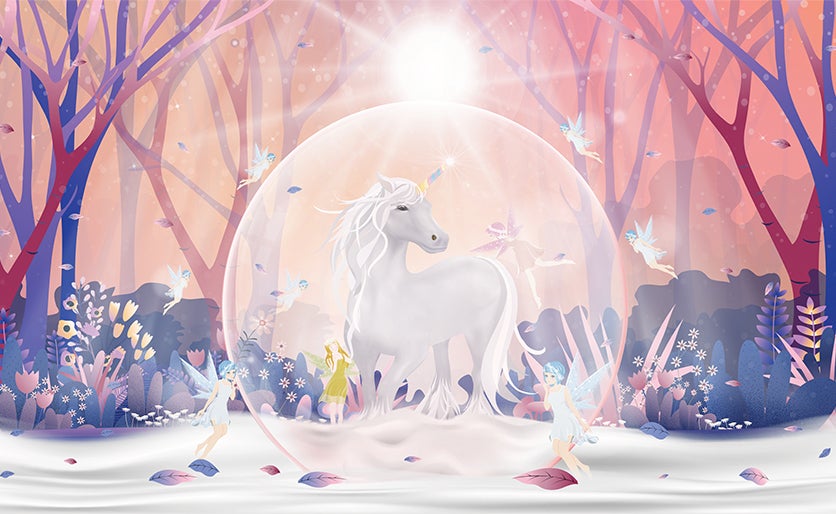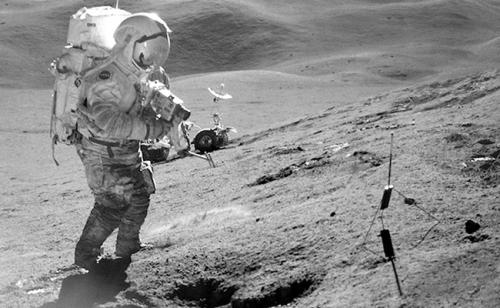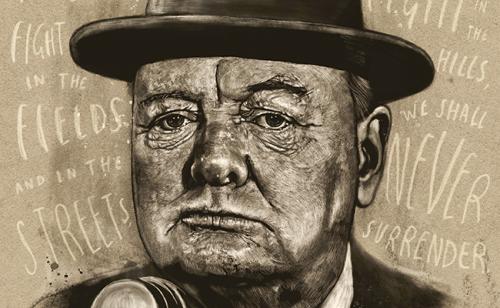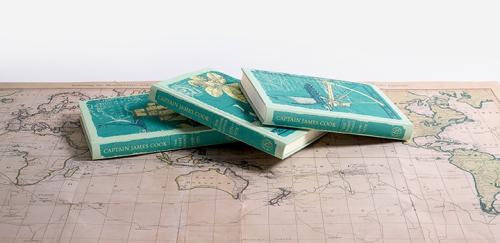This Folio Life: Christmas and the Unicorn
Unicorns have not always been associated with glitter and sparkles. In fact, the beast held great religious significance in Western art before it was ever associated with youthfulness and innocence. Non-fiction publisher Mandy Kirkby traces the history of the unicorn, as told in John Cherry’s Mythical Beasts.
A quick glance at how you can bring the unicorn into your life at Christmas throws up a twinkly array of cute things, from unicorn snow globes to unicorn Christmas tree decorations to unicorn nativity scenes. For a mythical beast that has been around since classical times, its durability and adaptability is impressive. It is a creature that still has enormous appeal, especially to young girls.
It cannot be denied, however, that a sparkly, dinky Christmassy unicorn is far, far away from its previous incarnation as a noble heraldic beast, rare and elusive, difficult to capture, and a creature of immense importance in the Western world. The poor unicorn – what a travesty! But the link to its illustrious past has not been completely lost.
The Mystic Hunt of the Unicorn by the Circle of Martin Schongauer
Our edition of Mythical Beasts includes this detail from a medieval German painting of the Annunciation.
A significant event in the Christian calendar, the Annunciation is the announcement by the Angel Gabriel to the Virgin Mary that she would bear a child and become the mother of Jesus. Surprisingly, many Annunciation scenes feature a unicorn, usually nestling in Mary's lap. It would come as no surprise to the medieval mind though – the unicorn represented Christ, surrendering his divine nature to become human through Mary. The Angel Gabriel is off-scene because we cropped the image to focus on Mary and the unicorn, but his four dogs (the head of the fourth can just be seen in the bottom left-hand corner) stay in the picture. They represent the Four Virtues: Mercy, Truth, Peace and Justice.
The Lady with the Unicorn by Raphael
Our next painting, a portrait by Raphael of an Italian girl cradling a unicorn, demonstrates to perfection the unicorn's next transition – from religious to secular symbol.
The portrait was likely commissioned to celebrate a wedding, and here the unicorn represents the purity and innocence of the young bride. in the late medieval period and the Renaissance, the unicorn often appeared on wedding caskets, on painted panels, prints and tapestries and became a popular symbol of betrothal and marriage.
The association with innocence, goodness and hope is still strong – even if it is just in a Christmas snow globe. A versatile creature indeed.









